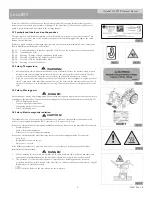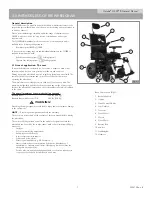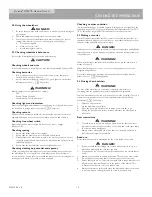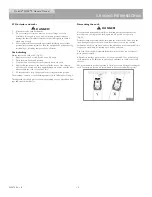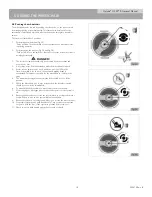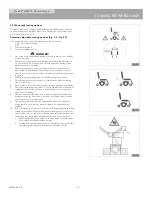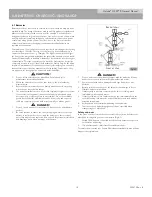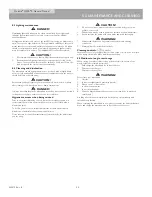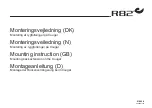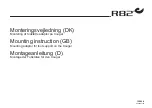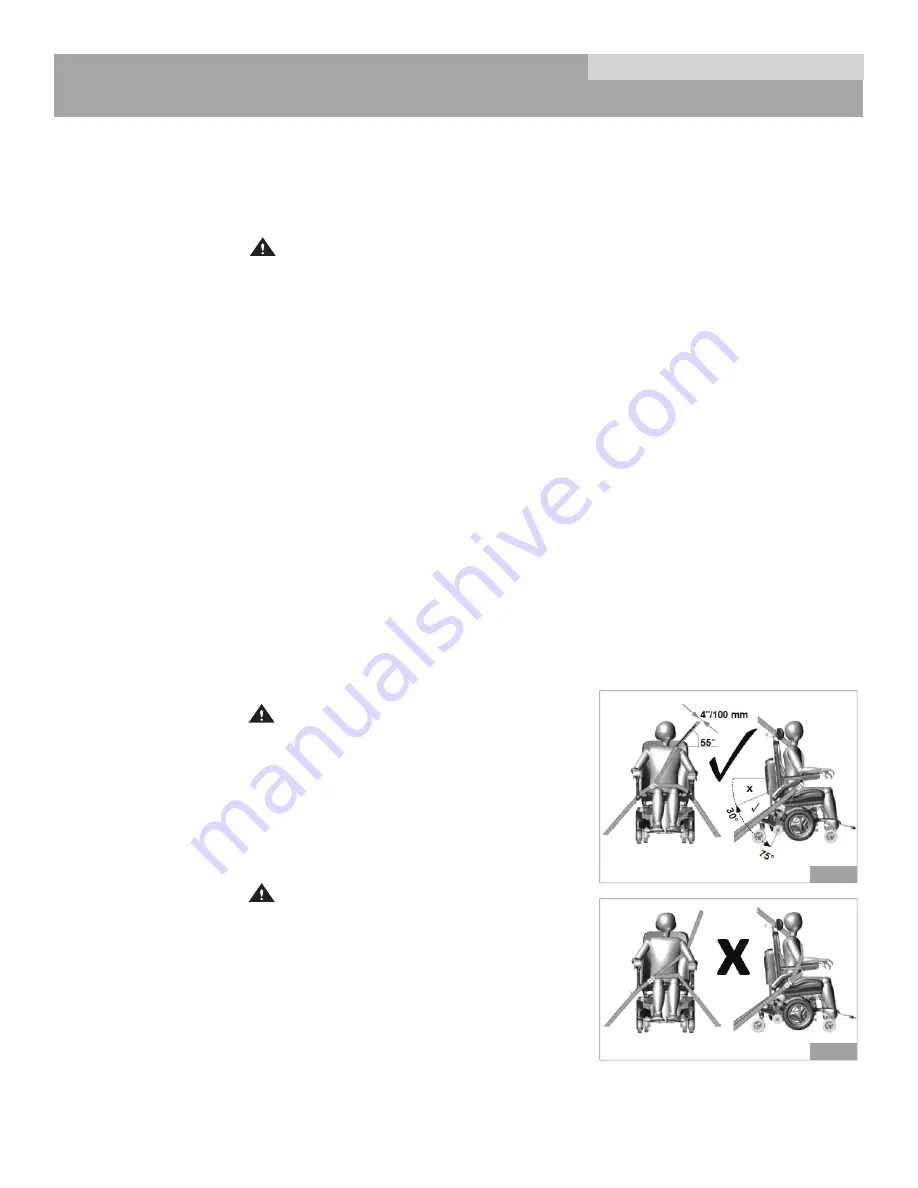
Quickie
®
Q200
®
R General Manual
253470 Rev. B
19
7.0 TRANSPORTATION
7.2 The wheelchair as a passenger seat
A wheelchair secured in a vehicle will not provide the equivalent level of safety and security as a vehicle
seating system. Sunrise Medical recommends that the user transfers to the vehicle seating and uses the
vehicle-installed restraint system whenever possible. Sunrise Medical recognizes that it is not always
practical for the user to be transferred and in these circumstances, where the user must be transported
while in the wheelchair, the following advice must be followed:
DANGER!
1.
The safety of the user during transportation depends upon the diligence of the person securing the
tie down restraints, and they should have received appropriate instructions and/or training in their
use.
2.
Wherever possible remove and stow safely away from the wheelchair all auxiliary equipment, e.g. :
crutches, loose cushions, tray tables, etc.
a. Removed and secured separately in the vehicle, or
b. Secured to the wheelchair, but with energy-absorbing padding placed between the table and
the
user.
3.
Articulating/elevating leg rest should not be used in the elevated position when the wheelchair and
user are being transported.
4.
If applicable: Reclining backrests should be returned to an upright position.
5.
If applicable: Seat elevators should be in the lowest position.
6.
If applicable: The manual brakes must be
fi
rmly applied.
7.
Use only with Wheelchair Tie-down and Occupant Restraint Systems (WTORS) that have been
installed in accordance with the manufacturer’s instructions and SAE J2249.
8.
Attach WTORS to securement points (A) (B) in accordance with the manufacturer’s instructions
and SAE J2249.
9.
Attach occupant restraints in accordance with the manufacturer’s instructions and SAE J2249.
10. Ensure hip guides are locked in place.
11. Use only Wheelchair Tie-down (A, B) and Occupant Restraint Systems (WTORS) which meet the
requirements of SAE J2249 Recommended Practice–Wheelchair Tie-down and Occupant Restraint
Systems For Use in Motor Vehicles. Do not use WTORS designed to rely on the wheelchair
structure to transfer occupant restraint loads to the vehicle.
12. The wheelchair has been dynamically tested in a forward facing mode for a 30 mph (48 kph) frontal
impact test. The wheelchair must be forward facing during transport.
13. Postural supports and positioning devices should not be relied on for occupant restraint.
14. Do not alter or substitute wheelchair frame parts, components or seating.
15. Sudden stops, impacts, or vehicle collisions can structurally damage your chair. Chairs involved in
such incidents should be replaced.
Occupant restraint instruction
DANGER!
1.
Use a 3-point occupant restraint system to secure the occupant.
2.
Both pelvic and upper torso restraint belts must be used to restrain the occupant to reduce the
possibility of head and chest impacts with the vehicle components.
3.
Restraints should be mounted to the appropriate vehicle pillar and should not be held away from
the body by wheelchair components such as armrest or wheels (Fig. 7.5).
4.
Use a suitable positioned headrest when being transported in a wheelchair.
5.
Postural supports (lap straps, lap belts) should not be used or relied on for occupant restraint in a
moving vehicle unless they are labeled as meeting the requirements speci
fi
ed in ISO 7176-19:2008
or SAE J2249.
Positioning the occupant restraint
DANGER!
1.
The pelvic restraint belt must be worn low across the front of the pelvis so that the angle of the
pelvic belt is within the preferred zone of 30° to 75° to the horizontal.
2.
A steeper (greater) angle within the preferred zone is desirable i.e. closer to, but never exceeding
75° degrees (Fig. 7.4).
a. The upper torso restraint belt must
fi
t over the shoulder and across the chest as illustrated
(Fig. 7.4). Restraint belts must be adjusted as tightly as possible consistent with user comfort.
Do
not
fi
t restraint belt as shown in Fig. 7.5.
3.
Restraint belt webbing must not be twisted when in use.
4.
Care should be taken when applying the occupant restraint to position the seatbelt buckle so that
the release button will not be contacted by wheelchair components during a crash.
Fig.7.4
Fig.7.5

